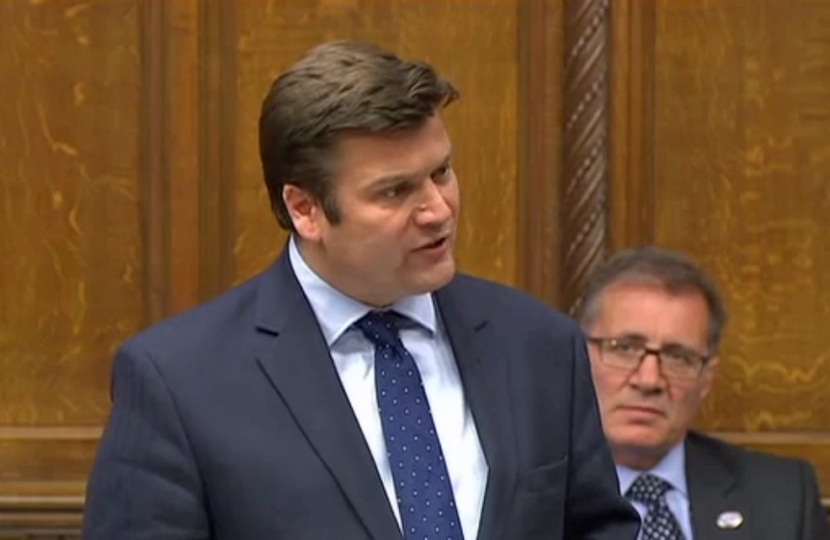
It could be time for Somerset to undo 44 years of separation and delete the boundary that has run from Brean Down in the west to Farleigh Hungerford in the east. Whatever the pros and cons of splitting Somerset to form the county of Avon in 1974, our communities and our economy have changed immeasurably since then.
So this week when Somerset County Council proposed that we re-look at forming a unitary authority, my first instinct wasn’t a single unitary authority based on Somerset County Council but three unitaries covering the whole of the pre-1974 county. This would mean Sedgemoor merging with North Somerset, Mendip merging with Bath & North East Somerset and the southern part of the county forming a unitary incorporating South Somerset, Taunton Deane and West Somerset.
There’s real merit in this for all sorts of reasons but the main attraction to me is that this division reflects the way that the Somerset economy and many of our public services really work. I serve as the MP for communities along three quarters of Somerset’s northern border and I know that thousands of my constituents have chosen to live in Somerset but they work in Bath and Bristol. The majority of my constituents go to Weston Hospital, Southmead, the BRI or the RUH. A significant number of young people wishing to study at college choose to go to Weston, Bath or Norton Radstock.
Businesses in my constituency are often in the supply chains of larger businesses based to our north. When I recently visited an engineering company in Cheddar, the hinges for the lock doors at Bristol Port were there for refurbishment. There are many small IT and digital businesses around Wells that have spun off from the booming digital marketing industry in Bristol and Bath. And there are huge tie ups between Sedgemoor, Bristol University and EDF’s HQ in Bristol as our area becomes a world leader in clean energy engineering.
Now the reality is that other parts of the county feel the pull of Bristol and Bath much less. There are fewer commuters, fewer businesses connected to those economies and less use of their public services too. It makes sense for the southern part of the county to form a unitary authority that more neatly meets the needs of Yeovil, Taunton and the surrounding areas.
Most important for me is that this division also allows a much more sensible approach to devolution. Somerset has been seeking a deal with Devon, Plymouth and Torbay that I’ve always struggled to understand. Devolution is supposed to bring power closer to the people not further away and yet Farleigh Hungerford in the north-eastern most corner of Somerset is 15 miles closer to London than it is to Plymouth. In my own constituency, Ston Easton is just 11 miles from Bristol and 13 miles from Bath whilst being 70 miles from Exeter and 110 miles from Plymouth.
Somerset can’t quite decide whether we’re part of the far South West or whether we’re part of the West of England. The reality is that half the county looks north and the other half of the county looks south. My concern is that a county-wide unitary setting our priorities in a devolution deal with Devon, Plymouth and Torbay means the centre of decision making mass is pulled southwards to the disadvantage of the communities I represent along the county’s northern boundary. In unitary authority terms, one size cannot fit all.
In the months ahead we shouldn’t fall back on the result of a referendum done 10 years ago. Somerset has changed a great deal since and the devolution agenda has provided another important angle too. With open minds we can seize this opportunity to look at how we give taxpayers the best value for money, deliver the best possible public services, and how we embrace devolution in a way that recognises that Somerset looks both north and south.
Most importantly though, we could get to delete that line that’s split our county for nearly five decades and bring Somerset back together again administered by three equally sized unitary authorities each capable of understanding and representing the differing needs of all parts of our wonderful county. The three authorities would be able to work with the areas to our north or south depending on what is in the strategic interests of that part of the county whilst, crucially, combining whenever needed to give Somerset a loud voice on the national stage with three councils and nine MPs representing nearly a million people.
